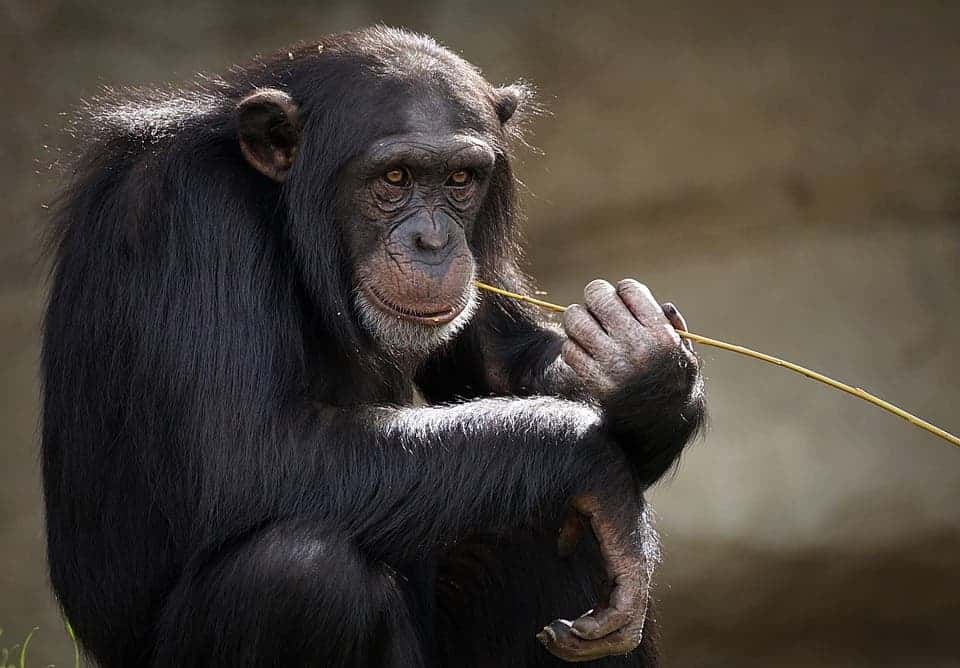One seemingly defining human feature is our ability to second guess other people’s actions based on our own experience. By stepping into someone else’s shoes, we briefly occupy the same mental space. Psychologists call this the ‘theory of mind’ and the scientific community has debated for decades whether non-human animals can access it.

Not until long ago, research suggested that infants were incapable of recognizing false beliefs in others which ingrained the impression that other apes, often seen at the same level of intelligence as a toddler, would also be incapable of wrapping their heads around the concept. But then in 2007, a groundbreaking study showed that four-year-old infants can do this — we just had to look closer.
The researchers repeated a famous experiment known as the Sally-Ann test which involved two dolls: Sally has a basket in front of her, while Anne has a box. Children first watch Sally put a block inside her basket. Sally then leaves and Ann comes into the picture, who moves the block in the box. As early as four years old, children know which container Sally will start looking for her block when she returns (the basket), even though they recognize it’s the wrong place to look. Later, researchers showed that children as young as two years old could do the same using eye-tracking technology because infants couldn’t voice their thoughts.
Since then, scientists have published compelling evidence that some apes, monkeys, and even parrots are capable of this ability. Now, a recent study adds further weight to this assertion.
Japanese scientists led by Dr. Fumihiro Kano at Kyoto University used 29 chimpanzees, 4 orangutans, and 14 bonobos, whom they split into two groups.
“Nonhuman animals, such as humans’ closest ape relatives, have succeeded in some theory-of-mind tasks; however, it remains disputed whether they do so by reading others’ minds or their behavior. Here, we challenged this behavior-rule account using a version of the goggles test, incorporated into an established anticipatory-looking false-belief task with apes,” the authors wrote in the journal PNAS.
Each group was first acquainted with two different barriers that looked the same from afar. Upon closer inspection, however, one barrier was opaque while the other was see-through.
Next, the apes had to watch a movie while their eye-tracking technology was fixed on them. The movie showed a human watching another human dressed in an ape costume as they placed an object inside a box. The human ‘watcher’ then hid behind a screen (the same as the barrier encountered by each group) while the ape removes the object and transfers it to a second box. The movie ends with the human exiting his hiding spot and reaching is hand midway between the two boxes.
If the apes in the study have a theory of mind anything like us, those who were familiar with the opaque barrier should have expected the human in the movie to look for the object in its original hiding place. The apes who knew the barrier was transparent should have been aware that the human also knew that the object had been transferred. This is exactly what the glances of the apes demonstrated.
The study showed that although both groups of apes experienced the same video, their anticipation of the protagonist’s actions were opposite, in accordance with their past experience with the barrier. This blind-test is extremely difficult and the fact that the apes past it suggest that our evolutionary cousins also have a theory of mind.
“We provide evidence that, in the absence of behavioral cues, apes consulted their own past experience of seeing or not seeing through a novel barrier to determine whether an agent could see through the same barrier,” the authors concluded in the study’s abstract.









